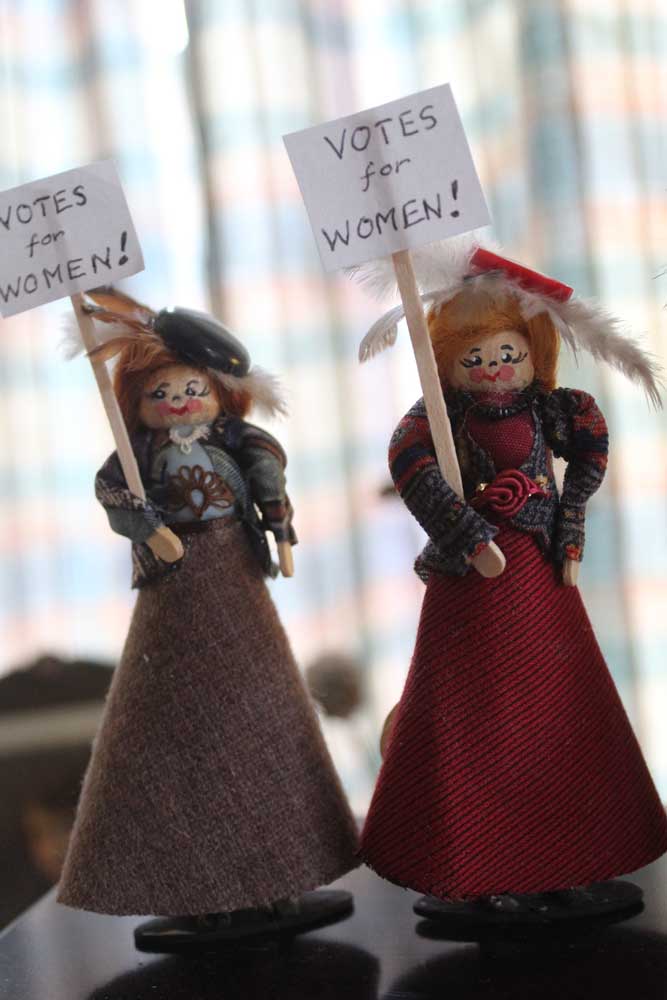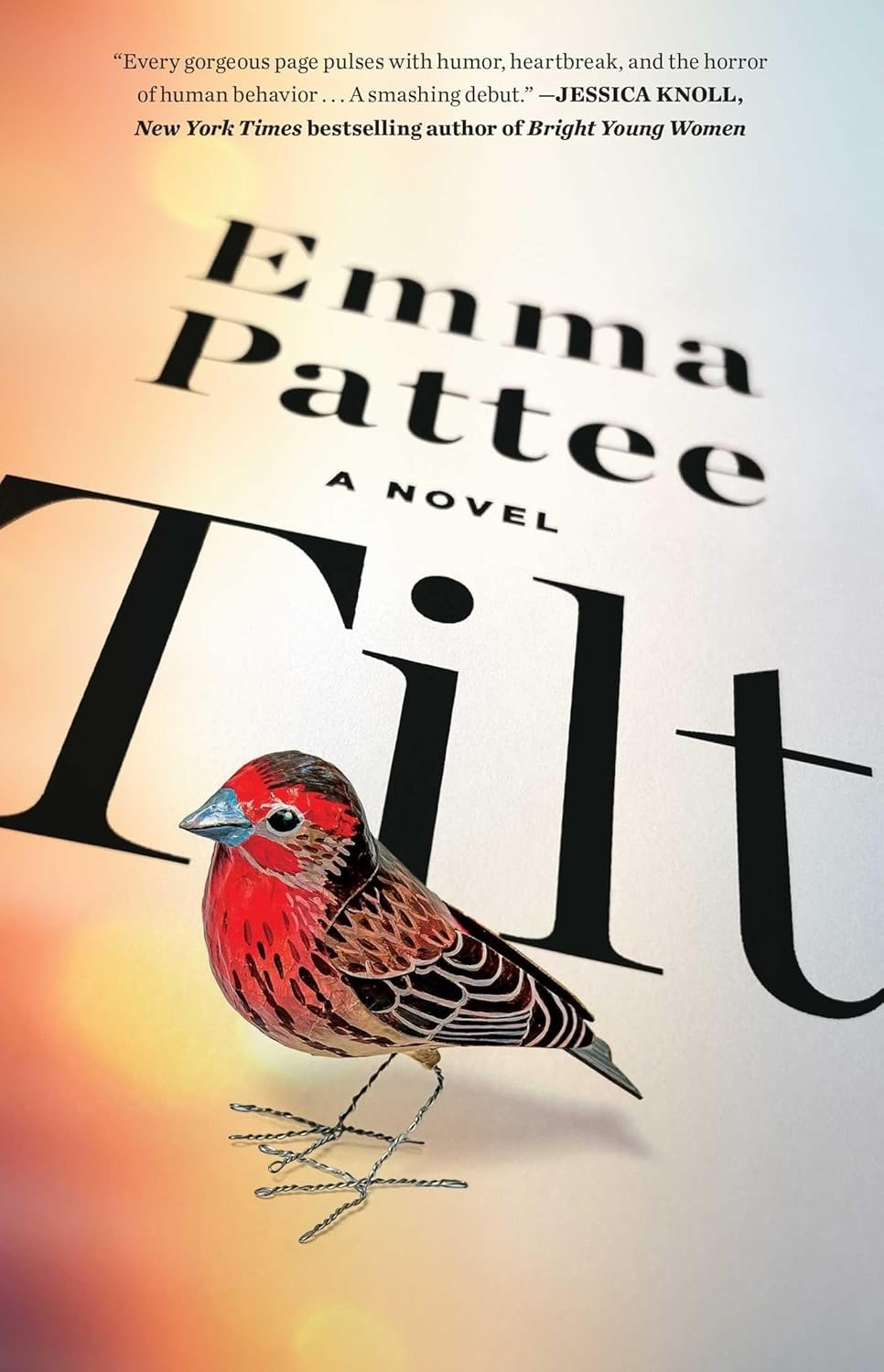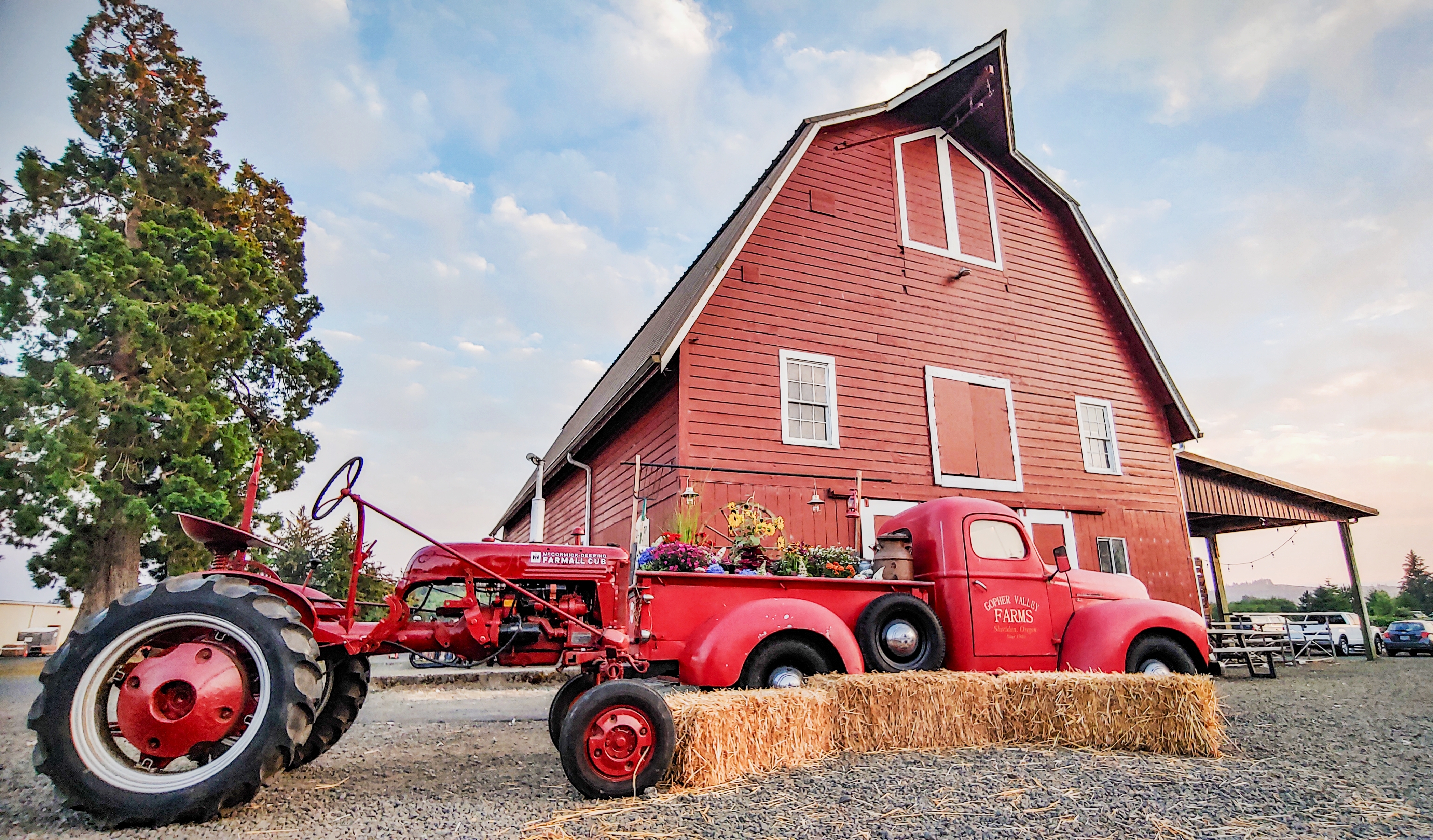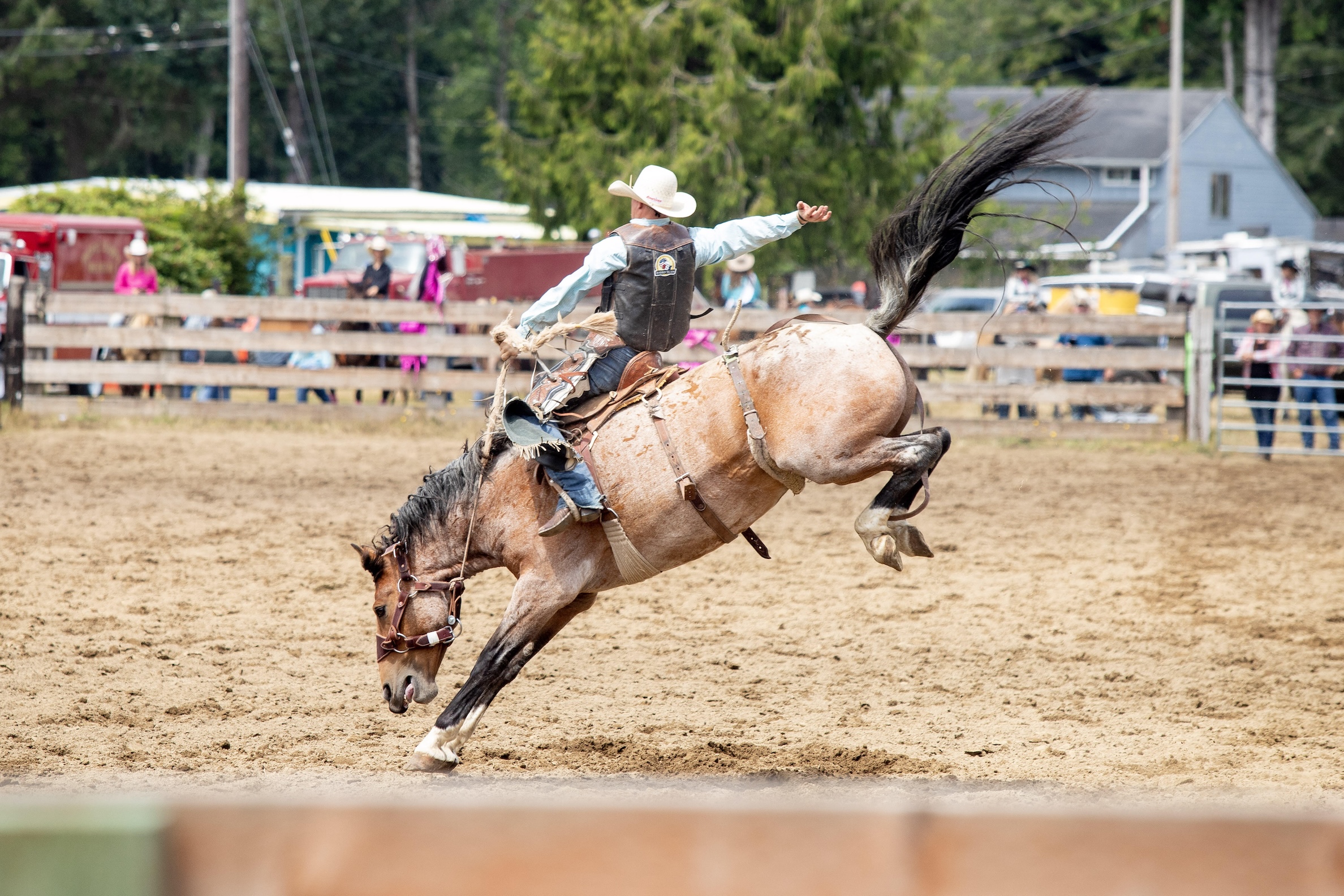Duo design original dolls that celebrate heritage and history
Published 9:00 am Wednesday, August 4, 2021

- A close-up of two dolls.
Gearhart resident Nancy Bell Anderson has adopted the self-appointed title of “Clothespin Queen,” and for good reason.
Trending
These small, seemingly insignificant items have played a rather large role in her life, from helping her establish the Knappton Cove Heritage Center to serving as a productive outlet during the coronavirus pandemic.
“I’ve always liked miniatures,” Anderson said.
Working with wooden clothespins, scraps of cloth, lace, buttons and other items enables her to successfully channel her creativity in a rewarding way.
Trending
“I just love doing it,” she said.
It started decades ago when Anderson’s father purchased the former Columbia River Quarantine Station, which occupied more than 4 acres in Naselle, Washington. The building was deserted and put up for bid.
For many years, Anderson’s family used the property as a sport fishing campground, called the Knappton Cove Camp.
Eventually, it was subdivided among Anderson and her siblings. She was intent on preserving her portion, the historic hospital building, and operating it as a museum.
To help cover the cost of making payments to her mother, property taxes and other bills, Anderson turned to her affinity for crafting and started designing and selling clothespin dolls.
The heritage center’s birth
At first, Anderson made individual dolls to sell for a minuscule price. Then, realizing mass-producing was “not my favorite thing,” she started selling her original clothespin doll designs to several different magazines, bringing in enough money to keep her passion project — the Knappton Cove Heritage Center — afloat.
“I sold hundreds of clothespin designs,” Anderson said. “It created a nice buffer time.”
After a few years, however, it became clear the building would need repairs, such as a new roof. Since Anderson wanted to maintain the historical accuracy of the heritage site, she knew it would be a substantial investment. When she learned it would cost $17,000, she thought, “Wow, I don’t think can sell that many clothespin designs.”
The next logical step was forming a nonprofit that would allow for procuring grants, and in the early 2000s, she accomplished that goal after nine months of filling out forms and going through meticulous procedures.
“It was kind of like having a baby,” she recalled.
‘A work of love’
The heritage site has been running for several years and the clothespin doll designs are no longer a critical part of its financial success, although Anderson continues to create kits and sell them at the museum for a small profit.
However, the hobby continues. Anderson’s daughter Heather Henry, who now lives in Virginia, got involved in recent years. Together, they’ve designed new patterns, made unique dolls and compiled them for instruction books that are accessible for crafters of various ages.
They’ve also made greeting cards using pictures that feature the dolls. About three years ago, Henry developed a website, using it to virtually showcase their handmade dolls and conduct some commerce.
Asked whether they define their endeavors as an enterprise or a hobby, they responded that it falls somewhere in between.
“It’s a hobby we love to share,” Henry said. “It sort of pays for itself.”
Anderson added, “It’s a work of love, and it’s fun.”
During the pandemic, Anderson and Henry explored new ways to have fun with their clothespin doll creation.
“The pandemic has inspired us on another whole level,” Henry said.
With the extra time, they could be more active on the website, using it to connect with people from all over.
Henry started making videos featuring their creations and writing blog posts inspired by different seasons, holidays, current and historical events. Often, the dolls incorporate a particular heritage or history piece, such as the popular Votes for Women dolls or Lady Liberty.
The mother-daughter team doesn’t take custom orders or sell their dolls en masse.
“Instead of making the dolls, we’d like you to make it yourself,” Anderson said.
Henry agreed, adding, “Mostly, we’re there to inspire.”
Instagram: @heritagefolk1









